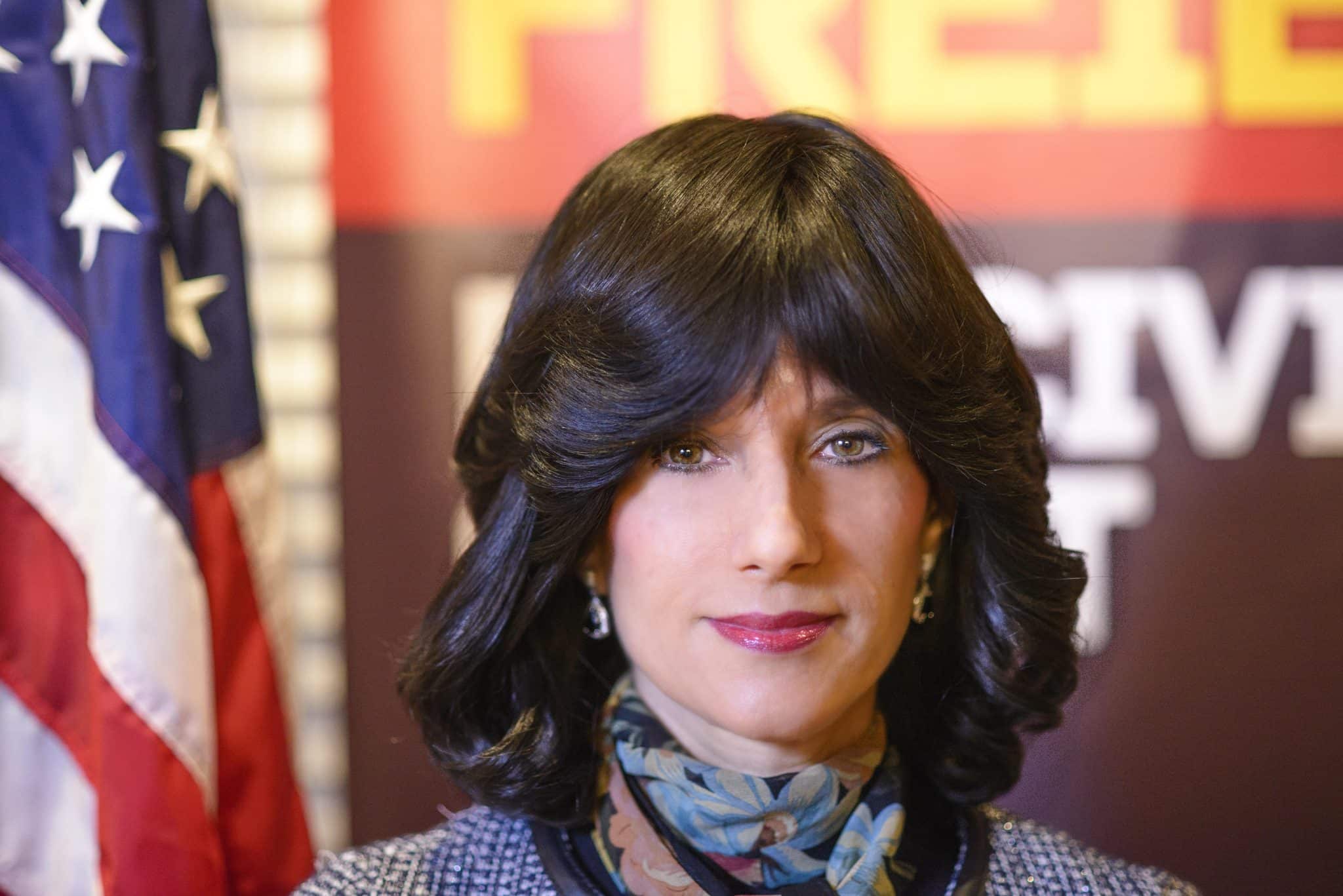Why jewish ortodox women wear wigs
Jewish women wear wigs, also known as sheitels, as part of their religious observances within Judaism. This tradition has a long history and is believed to have started in 15th century France. However, the custom of wearing wigs has roots that go back thousands of years.
1. Religious Background: Tsni’ut (Modesty)
Within Orthodox Judaism, tsni’ut, or modesty in behavior and appearance, is highly valued. For married women, this means that covering their hair is a way of showing modesty. Hair is seen as an intimate part of a woman that, after marriage, should only be visible to her husband. For many married Jewish women, covering their hair is not just an obligation, but a way of life that helps create positive energy and promote the well-being of their family.
2. Wig as a Head Covering
There are several ways Jewish women can cover their hair, including a scarf (tichel), a hat, or a wig. Wigs are often chosen for their practical and natural look, allowing women to feel comfortable in both social and professional settings.
3. Symbolism of Hair Covering
Covering the hair marks the transition to a new phase of life after marriage and symbolizes dedication to both God and marriage. This practice is based on texts from the Torah and subsequent rabbinic interpretations. In some Hasidic circles, the hair is shaved completely, as it is considered an obstacle during ritual purification baths (mikva).
4. Cultural and Social Differences
The tradition of hair covering is practiced in different ways within different Jewish communities:
Orthodox and Hasidic communities: Wigs are often considered a more modest option compared to other forms of head covering.
Modern Orthodoxy: Some women choose alternative forms of hair covering or choose not to wear a wig at all.
Liberal communities: Covering the hair is often seen as optional, and many women choose not to follow this tradition.
5. Practical Considerations
Wigs offer women a practical way to remain modest while still blending in with modern, secular environments. This makes wigs an attractive choice in situations where traditional head coverings are less practical.
6. Variation in Interpretation
Emancipation and modernization have created more space for personal interpretations of religious precepts. As a result, some women choose alternative forms of hair covering, such as scarves or hats, instead of wigs.
See also Depression in the EU: Methods for Effective Treatment







